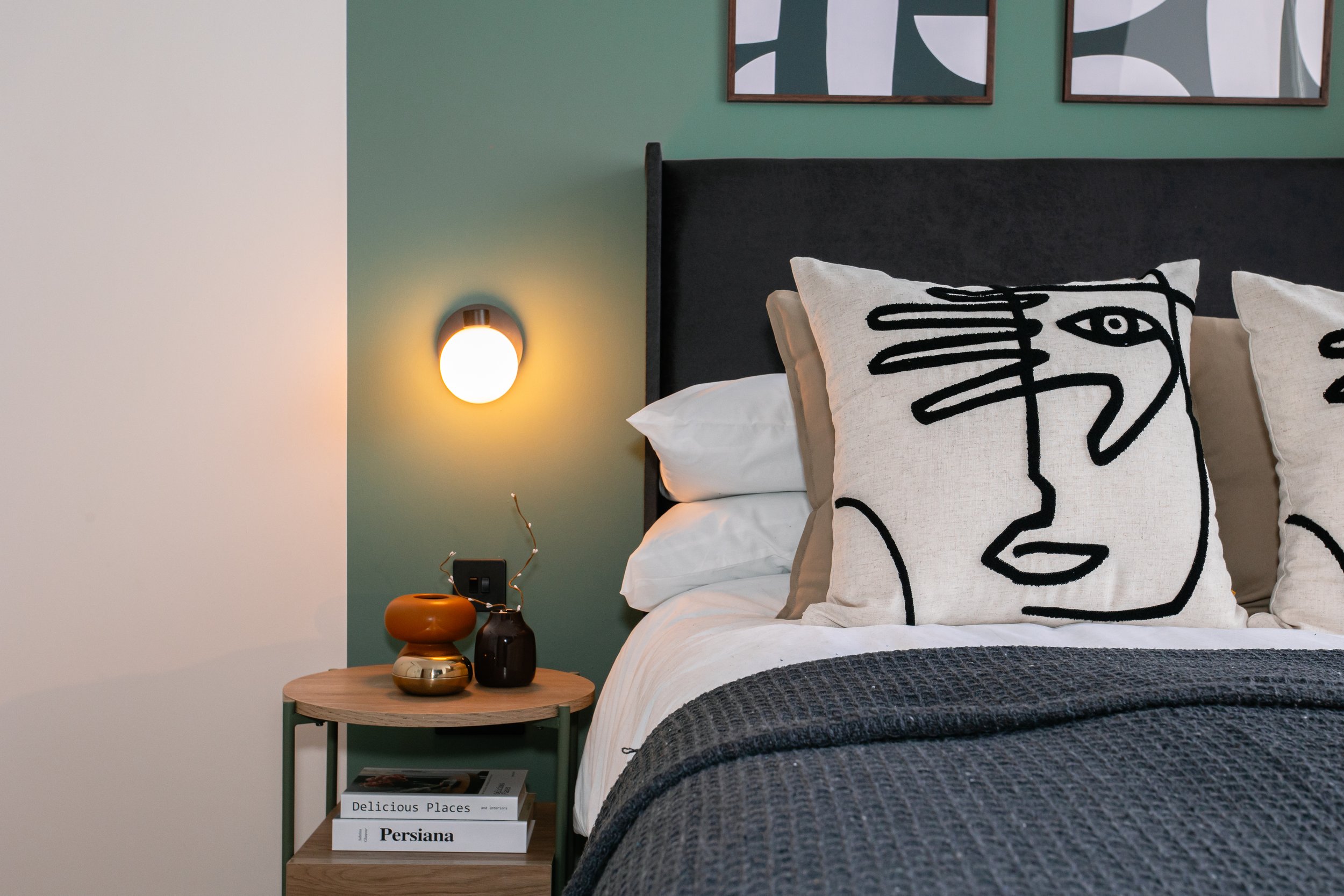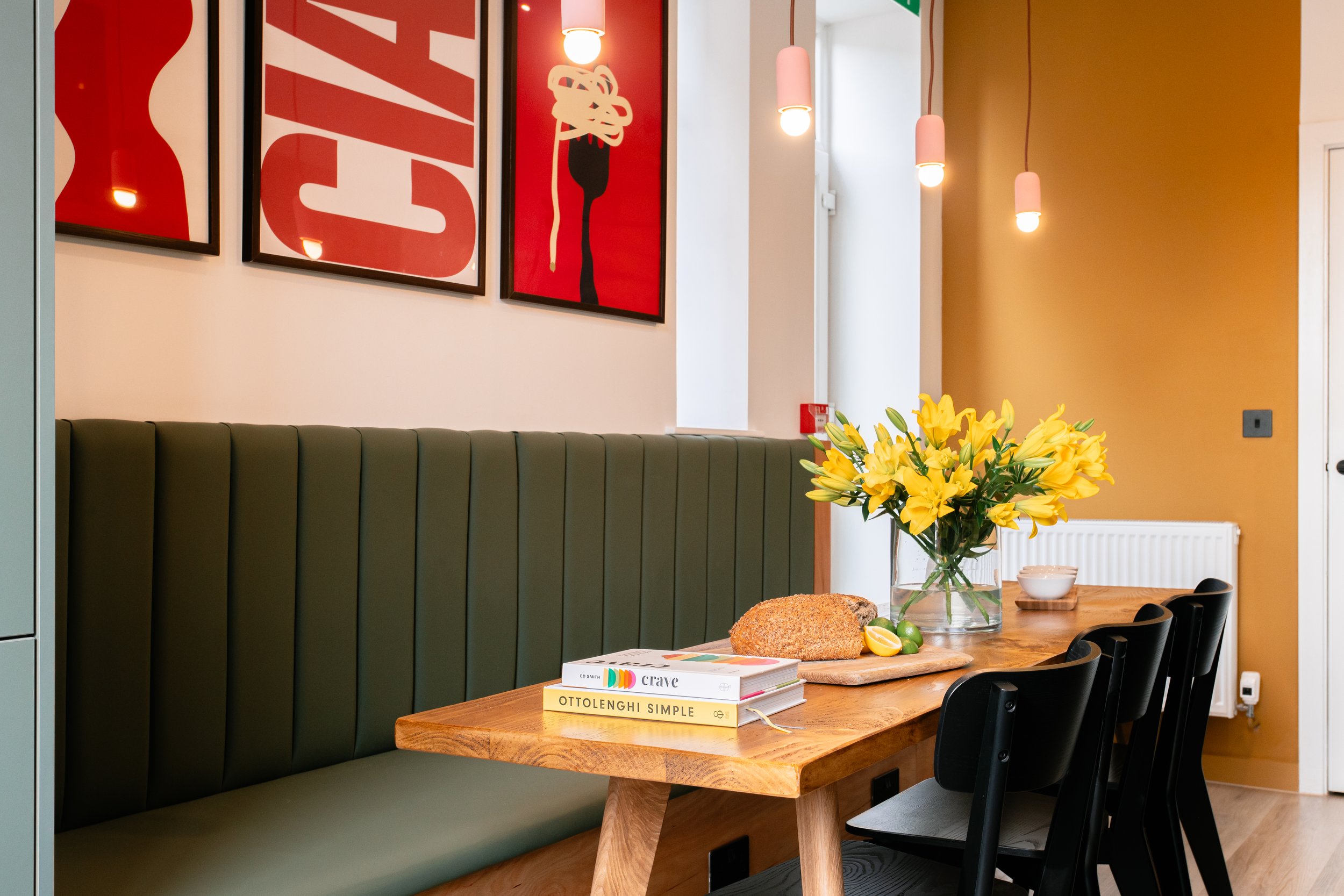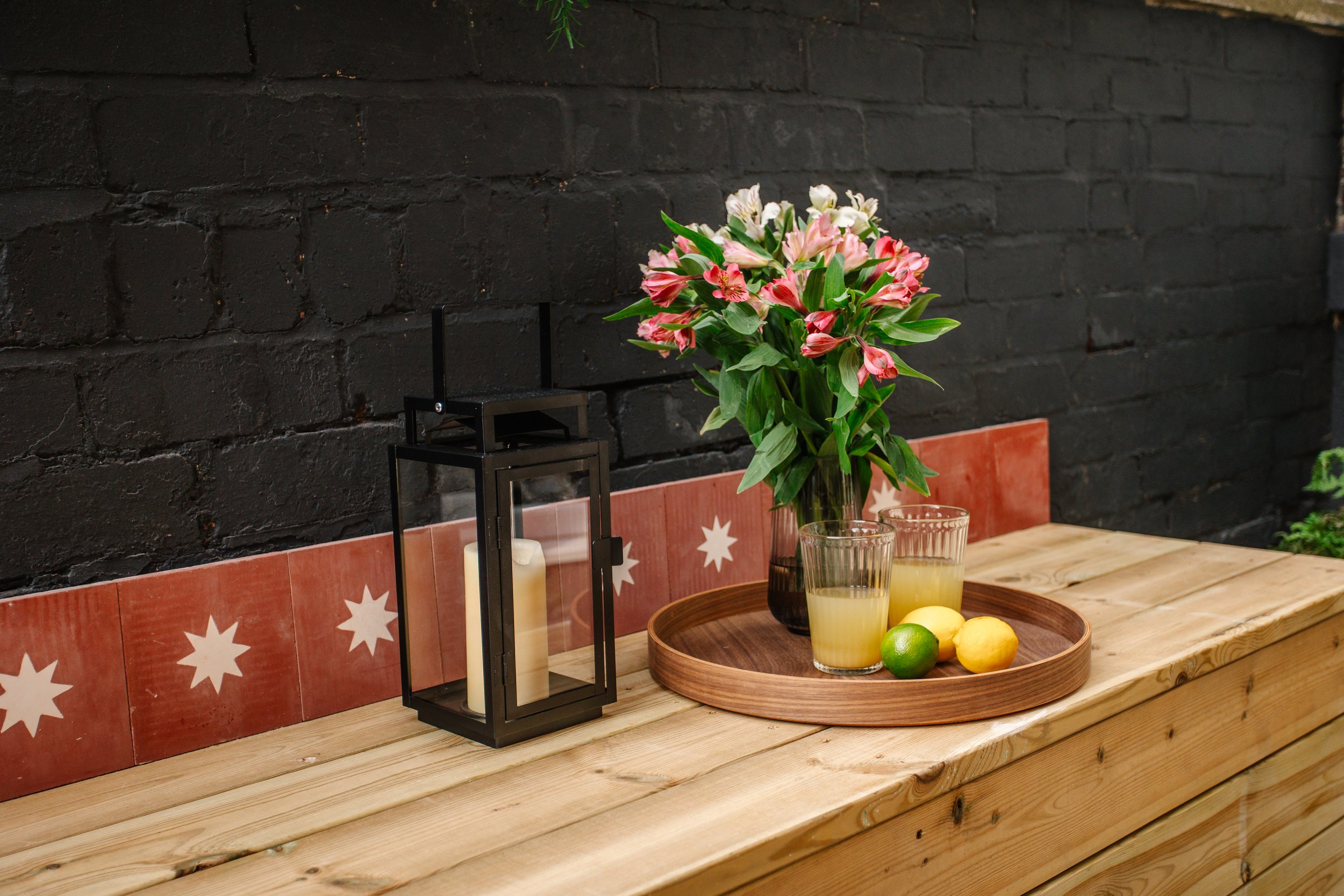The Future of Property Development: Why Design Matters More Than Ever
In the ever-evolving UK property market, simply constructing buildings is no longer enough. Developers must now deliver properties that are not just visually appealing but also functional, comfortable, and aligned with the expectations of modern tenants and buyers.
In recent years, design has moved from being an afterthought to becoming central to property development. It’s a critical factor that can set your projects apart in a crowded market, ensuring tenant and buyer satisfaction while maximising your return on investment (ROI).
But why is design so crucial in today’s landscape? And how can developers effectively implement a design-driven approach to yield the best results?
Details @ Marwalmersley
The Role of Design in Modern Property Development
Design plays a pivotal role in distinguishing properties in a competitive market. It's not just about aesthetics—design influences everything from functionality to the overall experience of living in or using a space. Thoughtful design can enhance market appeal, attract quality tenants or buyers, and significantly reduce vacancy rates, all of which contribute to a higher ROI.
Current Trends Shaping Property Development
Sustainability: As the demand for eco-friendly living spaces grows, sustainable design has become a key trend. Developers are increasingly incorporating energy-efficient appliances, sustainable materials, and green building practices to create properties that appeal to environmentally-conscious tenants and buyers.
Technology Integration: The rise of smart home technologies has transformed the property market. Features like smart thermostats, security systems, and automated lighting are no longer luxuries but expected amenities that can boost property value and attract tech-savvy buyers.
Flexible Spaces: Modern properties need to be adaptable. Designing spaces that can easily transition from one function to another ensures that properties remain relevant and functional, even as tenant or buyer needs to evolve.
Community-Centric Design: Today’s tenants value community and shared spaces. Incorporating communal areas and fostering a sense of community within developments can enhance tenant satisfaction and loyalty, leading to longer tenancies and reduced turnover.
Kitchen @ Marwalmersley
The Risks of Underestimating Design
While the benefits of a design-led approach are clear, underestimating the importance of design can lead to significant challenges, including:
Lower Market Appeal: Properties that lack thoughtful design are less likely to stand out in a competitive market. Without distinctive design elements, your development might struggle to attract tenants or buyers, leading to longer vacancy periods and reduced profitability.
Increased Maintenance Costs: Skimping on quality design often means using lower-quality materials or cutting corners on functionality. This can result in frequent repairs, higher maintenance costs, and ultimately, a decline in property value over time.
Missed Opportunities for ROI: Without a design-driven strategy, developers may miss opportunities to enhance the property’s value through features that appeal to modern tenants, such as energy efficiency, smart technology, or flexible living spaces. This oversight can lead to a lower ROI and diminished long-term gains.
Difficulty in Adapting to Market Trends: Developers who don’t prioritise design may find it challenging to keep up with changing market demands. As trends evolve towards sustainability, technology integration, and community-focused living, properties that lack these features may quickly become outdated, making it harder to attract and retain tenants or buyers.
Challenges Developers Face
Even when developers recognise the importance of design, several obstacles can arise when trying to implement a design-driven approach:
1. Adapting to Rapidly Changing Trends: The property market is constantly evolving, and keeping up with the latest design trends can be challenging. Developers must strike a balance between staying current and creating timeless designs that won’t quickly become outdated.
2. Coordination Between Design and Construction Teams: Effective collaboration between designers, architects, and construction teams is crucial for realising a design vision. Miscommunication or lack of coordination can lead to delays, increased costs, and deviations from the original design intent.
3. Regulatory Compliance and Approvals: Navigating the complex web of regulations and securing necessary approvals can be a significant hurdle. Developers must ensure that their design choices comply with local building codes and zoning laws, which can sometimes limit creative options.
4. Managing Client Expectations: Developers often have to manage the expectations of various stakeholders, including investors, clients, and end-users. Balancing these expectations while staying true to a design vision can be challenging, especially when budget constraints or differing opinions come into play.
The Benefits of Embracing Design
Adopting a design-driven approach offers numerous advantages. Well-designed properties are more likely to stand out in the market, attract higher-quality tenants, and command premium prices. Additionally, investing in quality design upfront can lead to long-term savings by reducing maintenance costs and increasing property value.
In the future of property development, design will play an even more critical role. Developers who prioritise design in their projects will not only meet the demands of modern tenants and buyers but also maximise their ROI and secure a competitive edge in the market.
Interested in partnering up with us on your next development? Let’s connect on LinkedIn to chat about how we can make your vision a reality. For more ideas and insights, feel free to explore our blog.
Styling @ Marwalmersley
About Raquel Aparicio
Raquel Aparicio is the founder of Mardesign, where she leads a team dedicated to creating design-led homes that people love to call "their space." With a background in hospitality, gaming, and high-end residential projects, Raquel specialises in delivering high-spec interior architecture and design to property developers. Her mission is to bring quality, design-driven homes to the UK market using smart, cost-effective solutions. When she’s not transforming spaces, Raquel enjoys spending time with her daughter M and dog Naya, dancing salsa, and exploring her passion for food.







